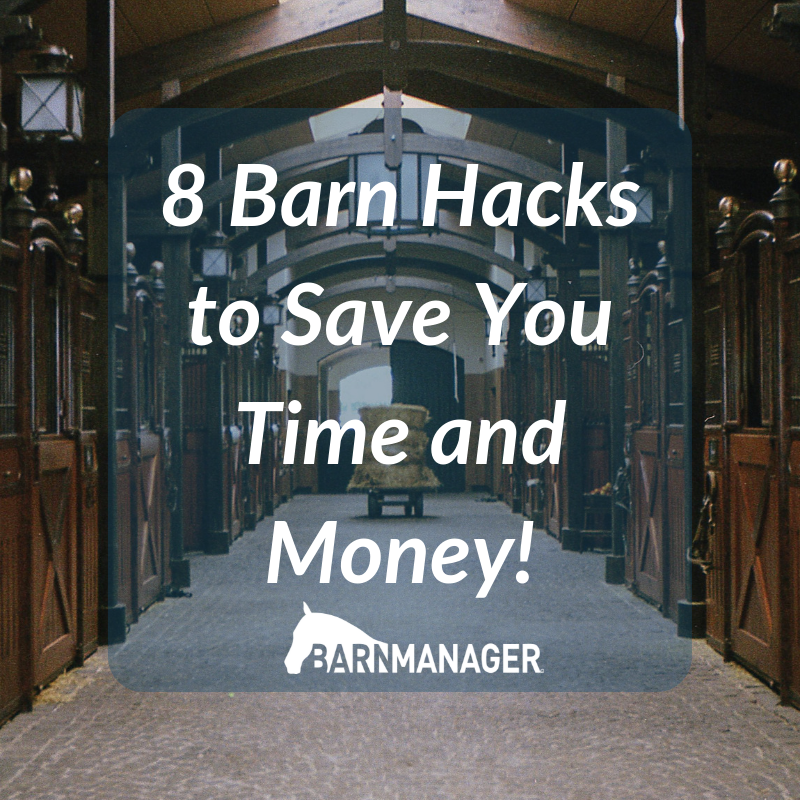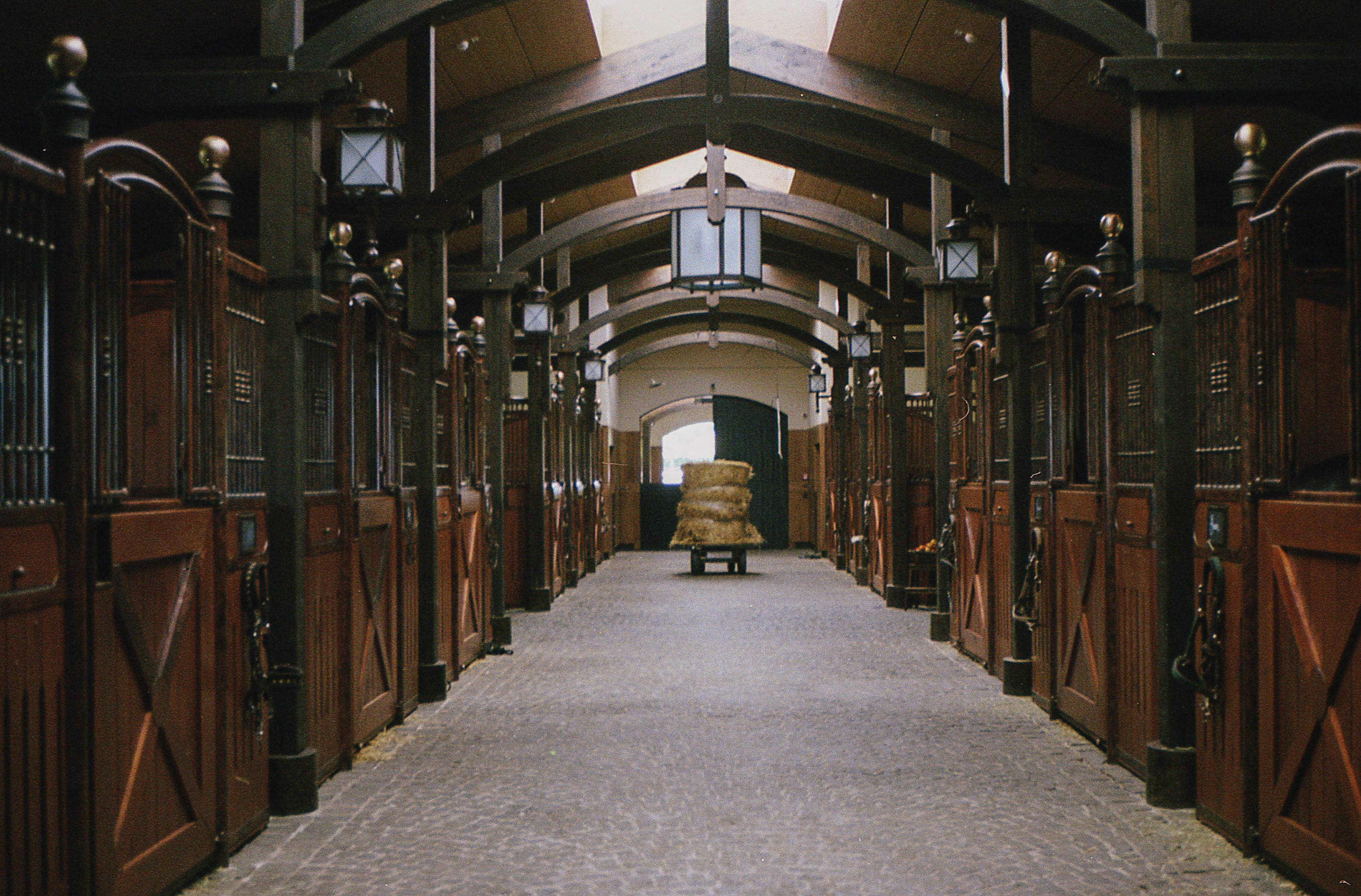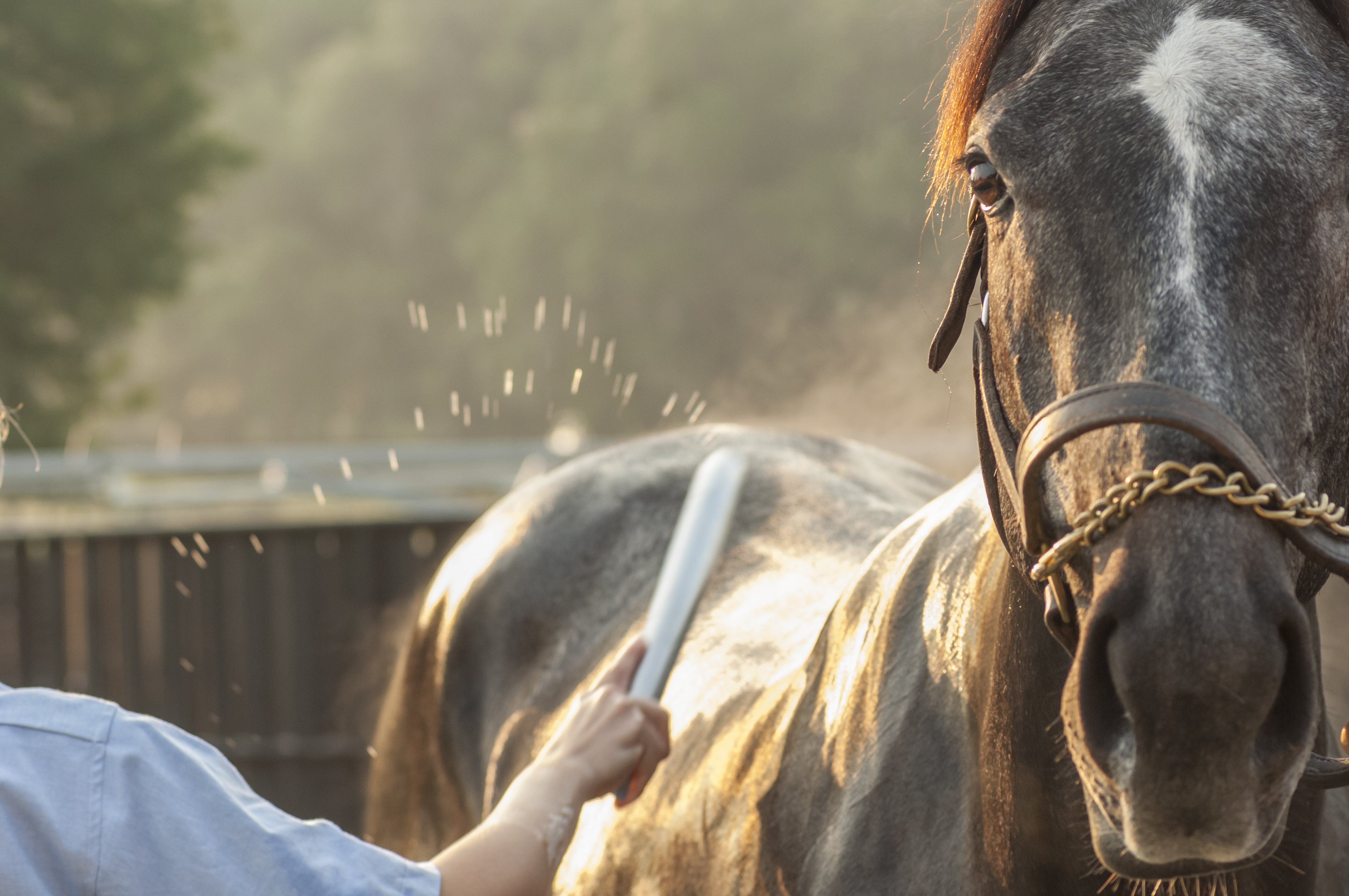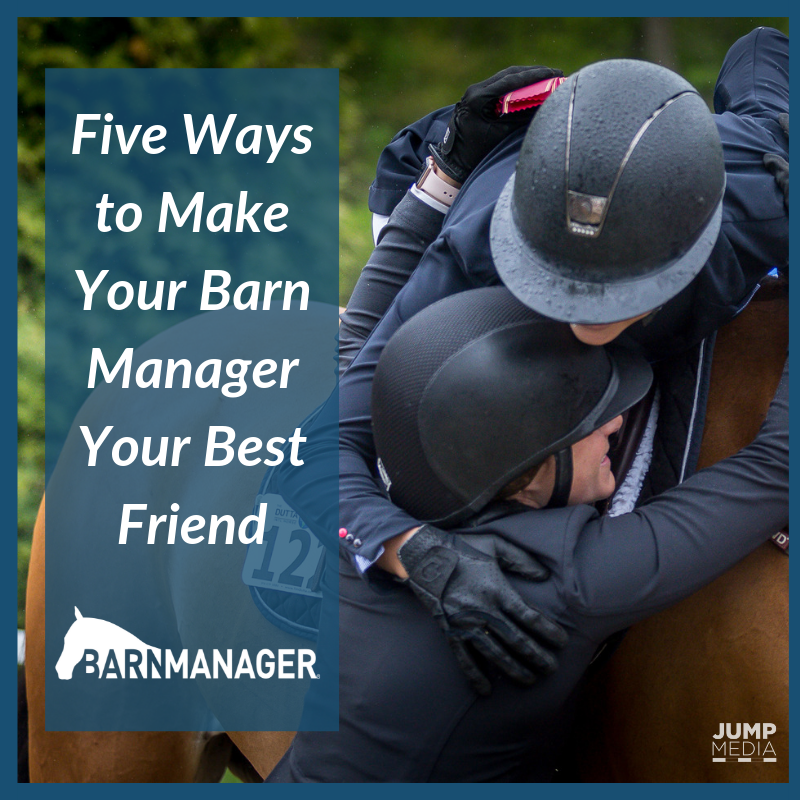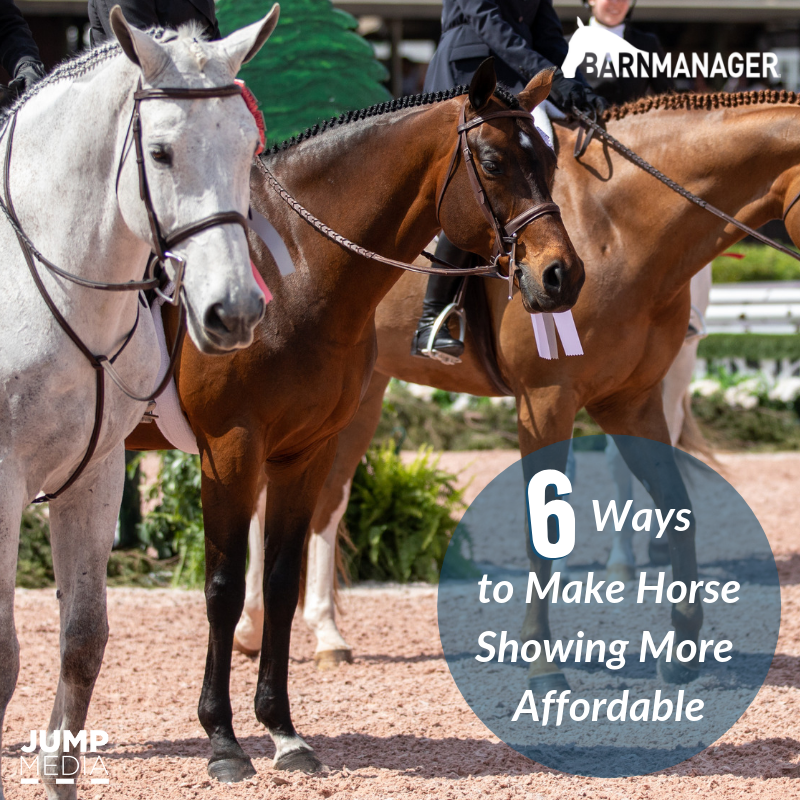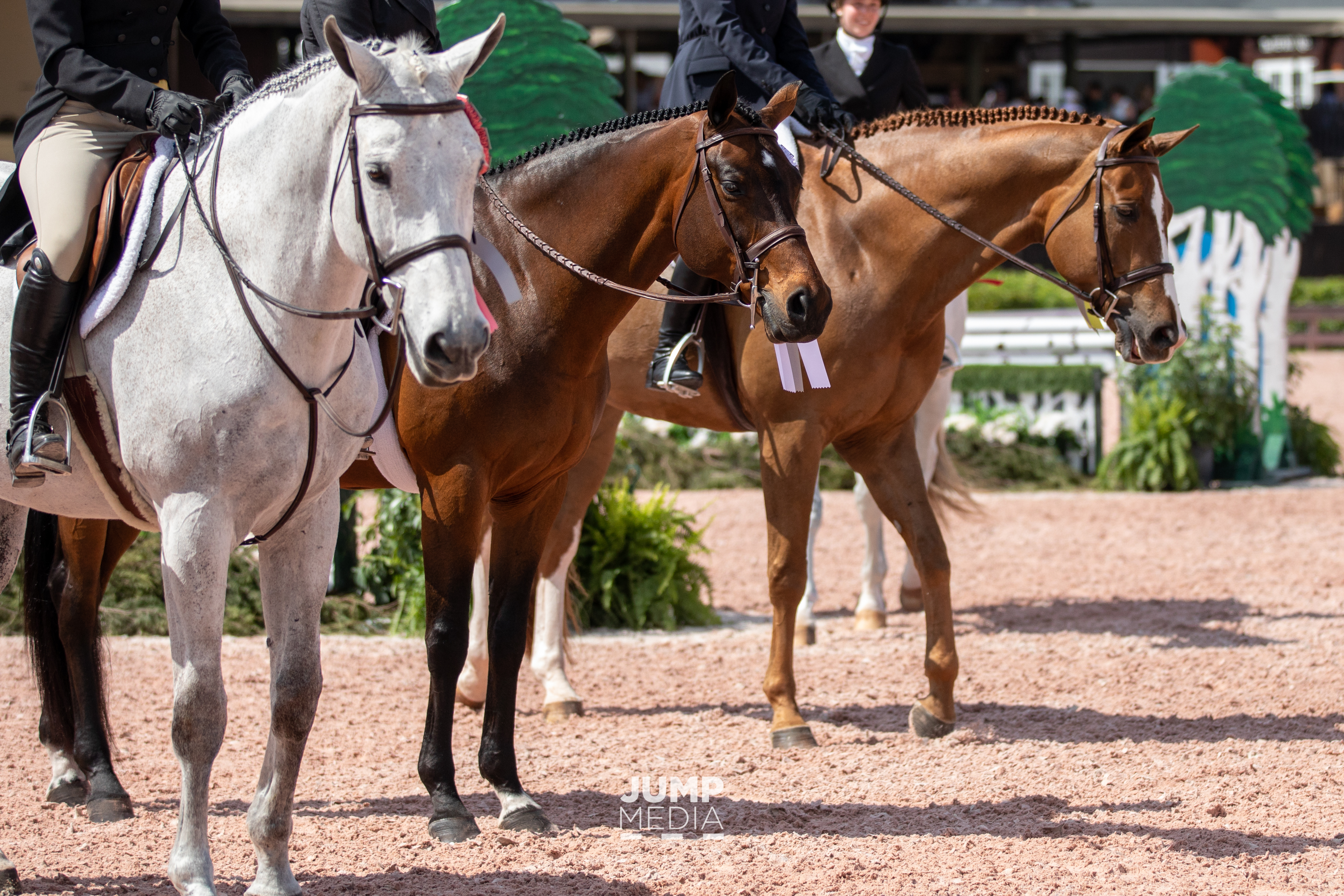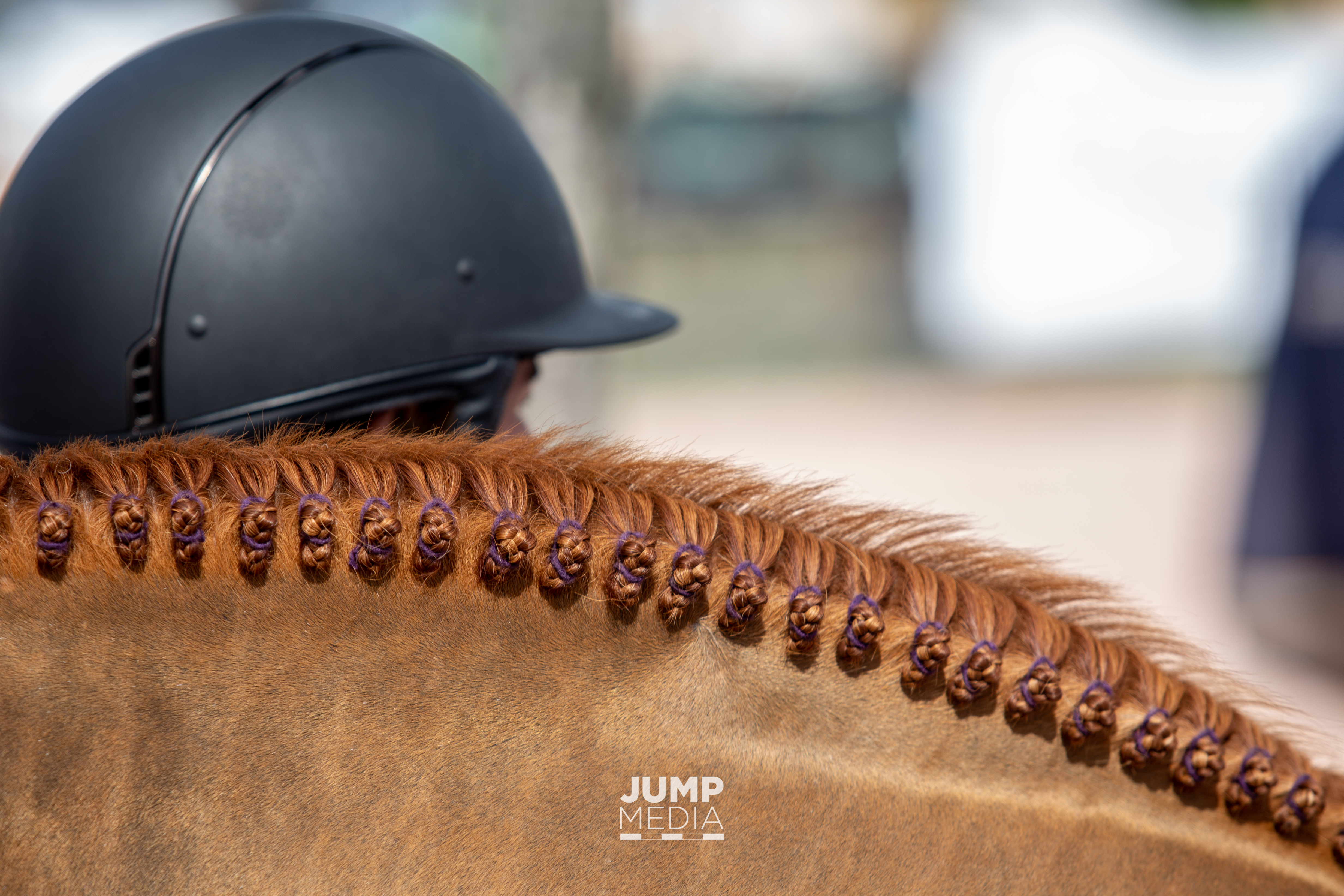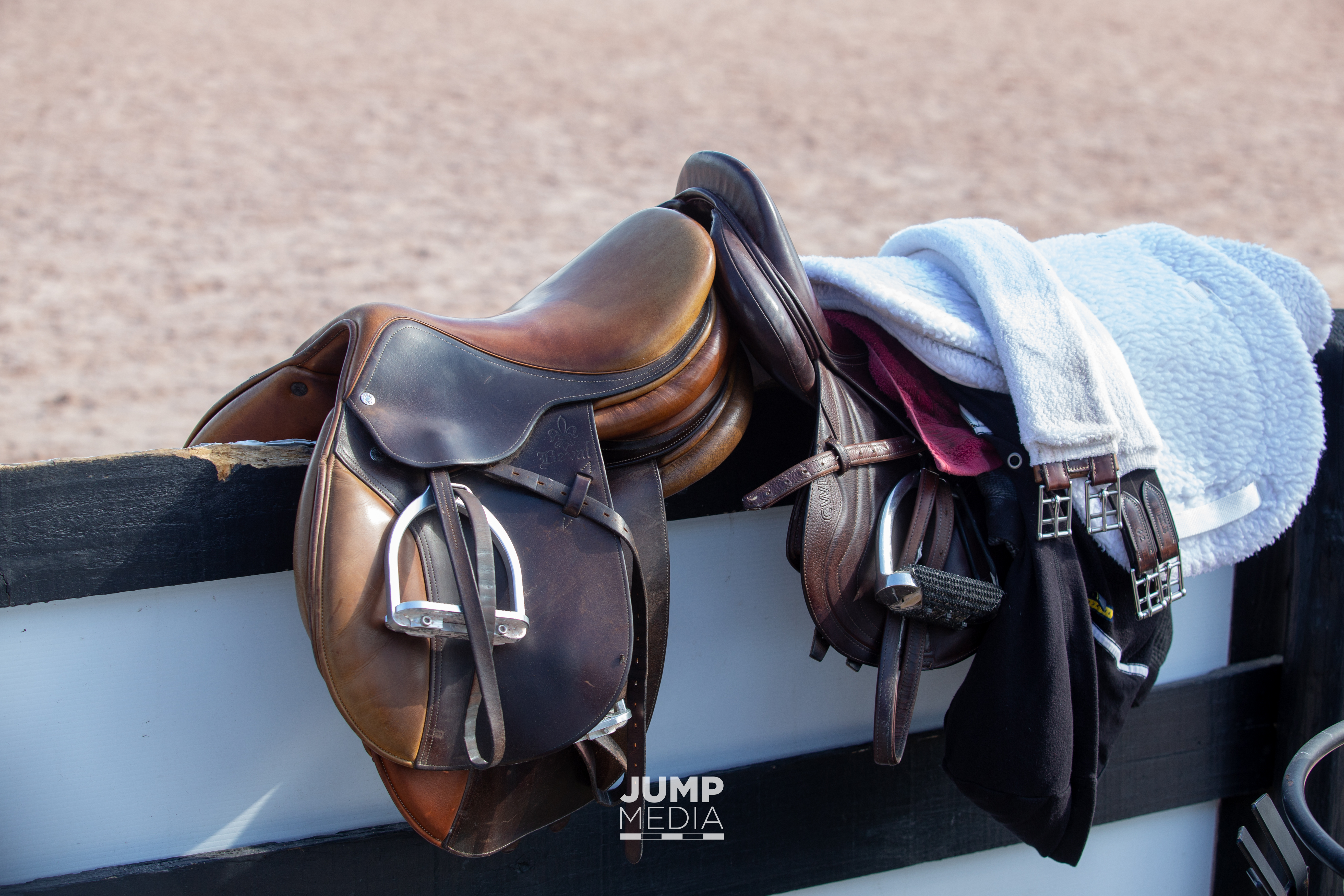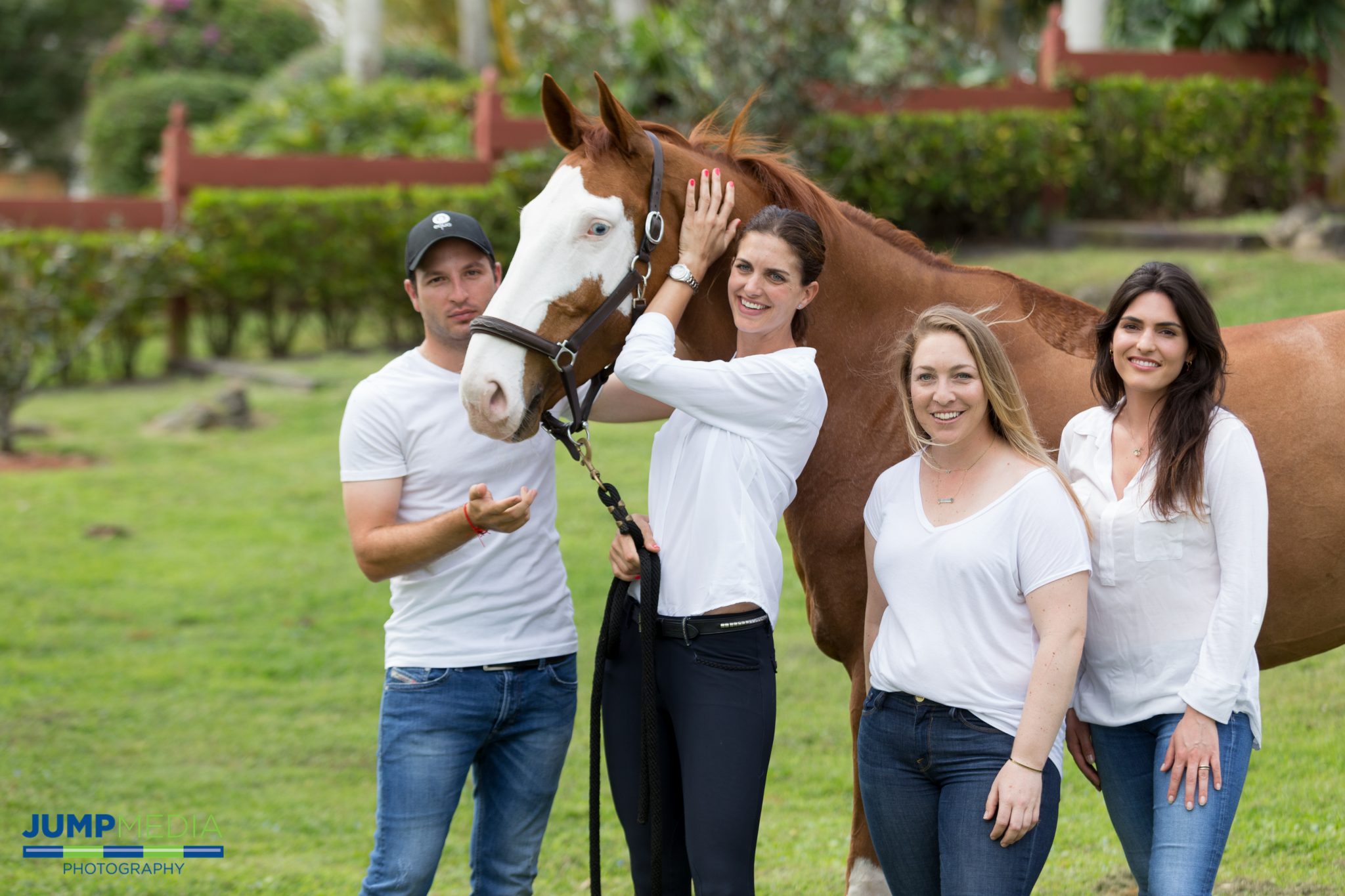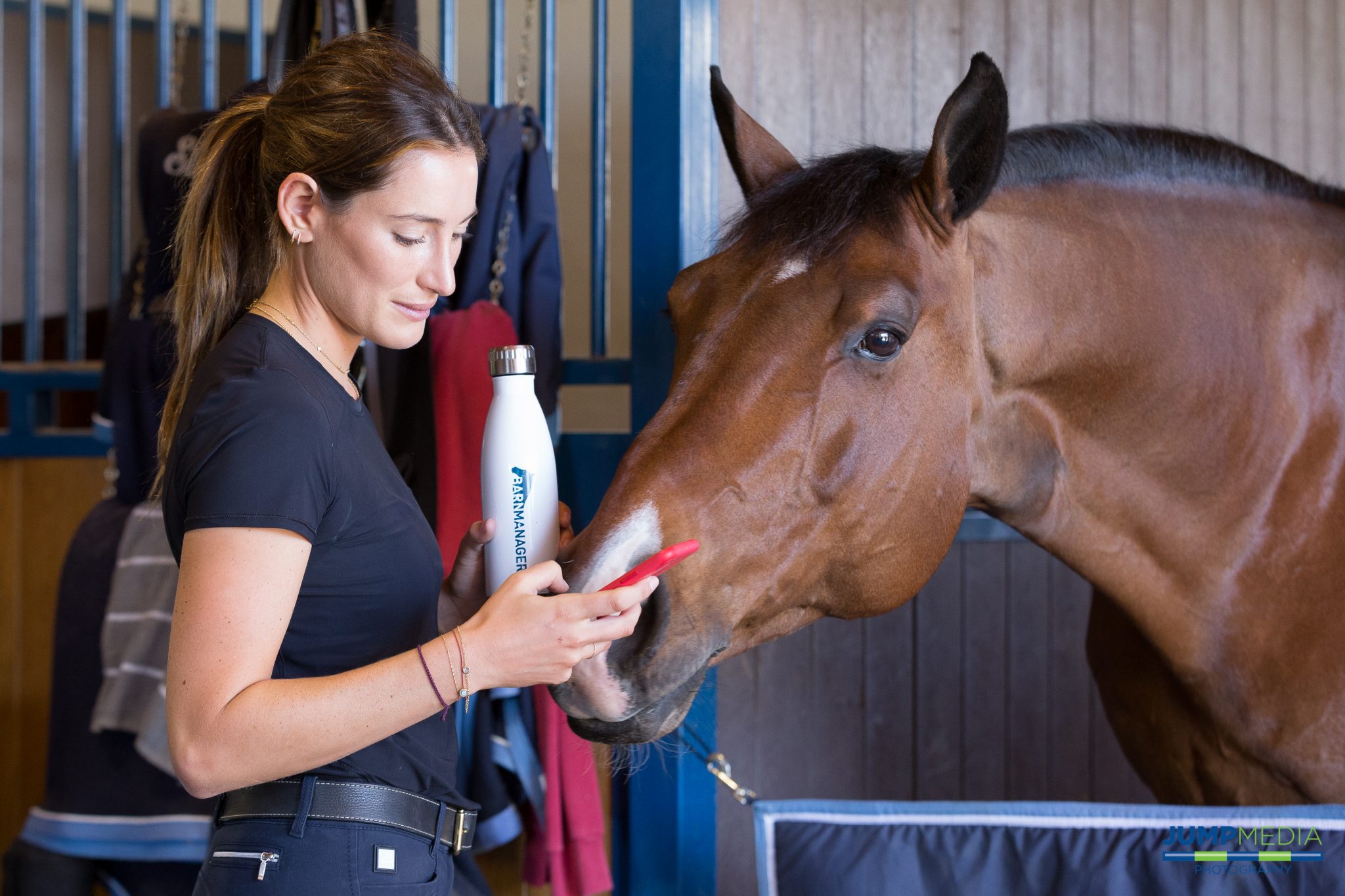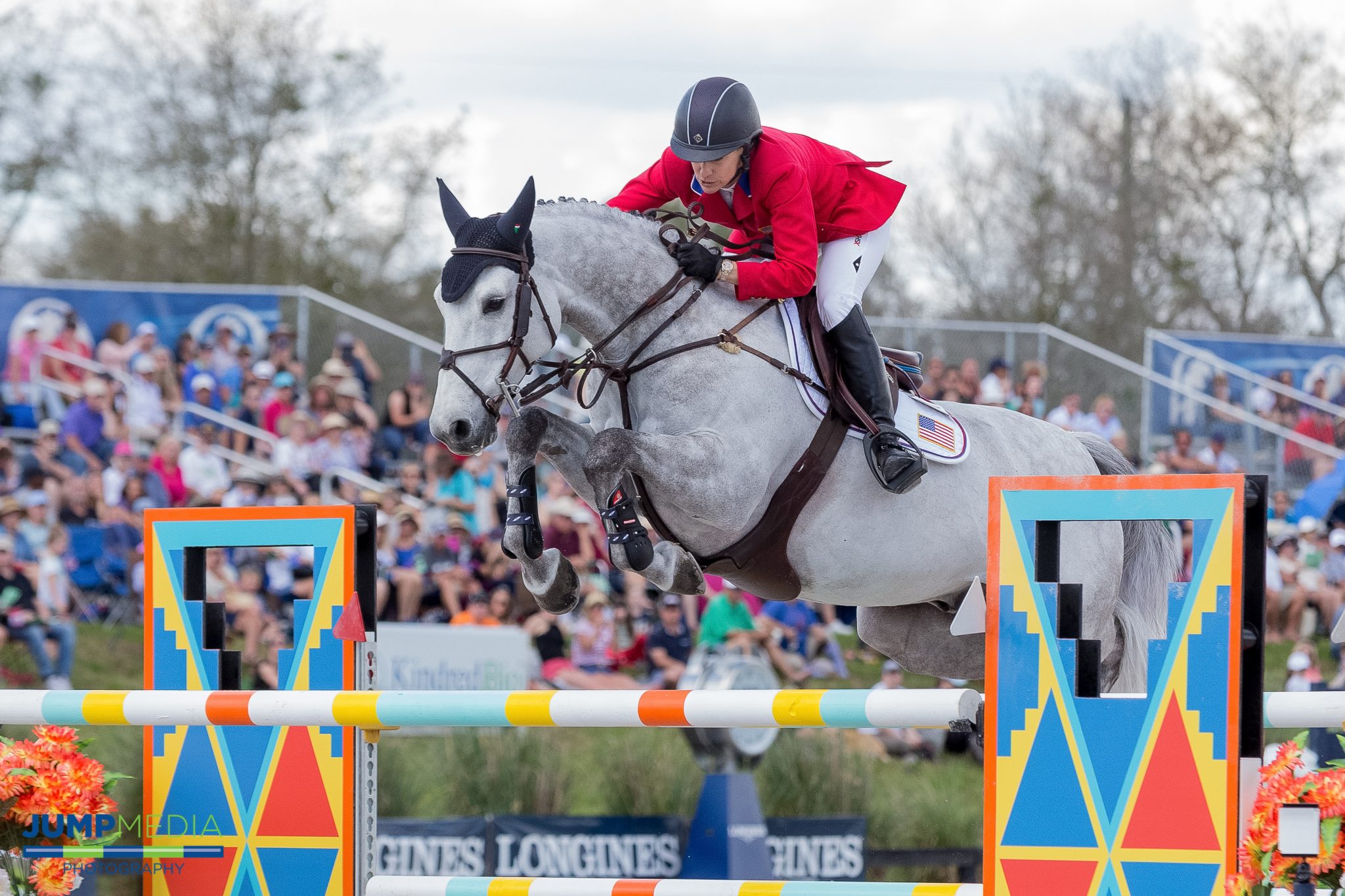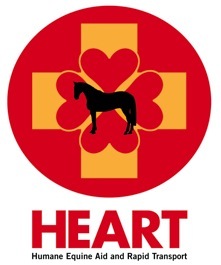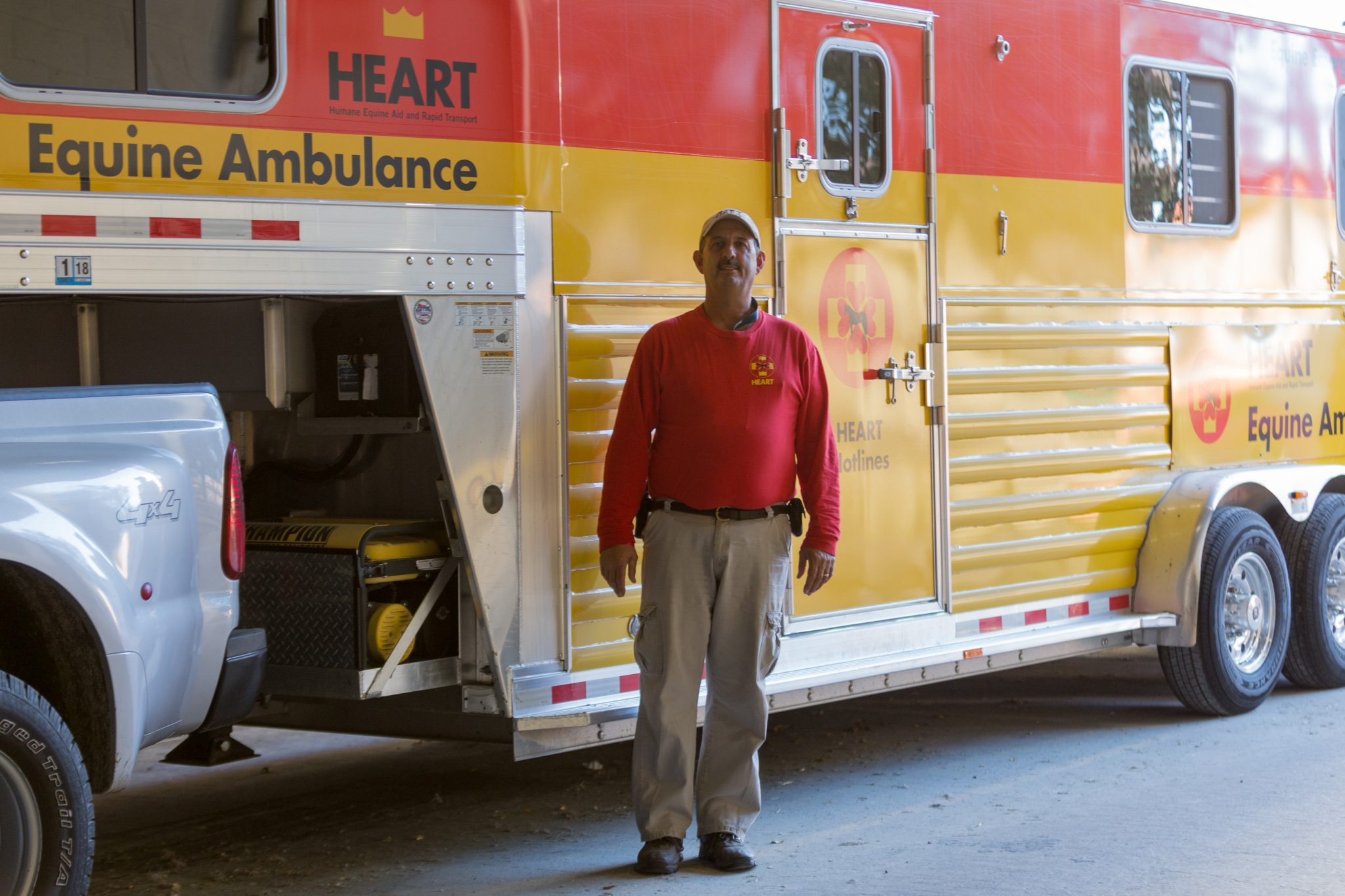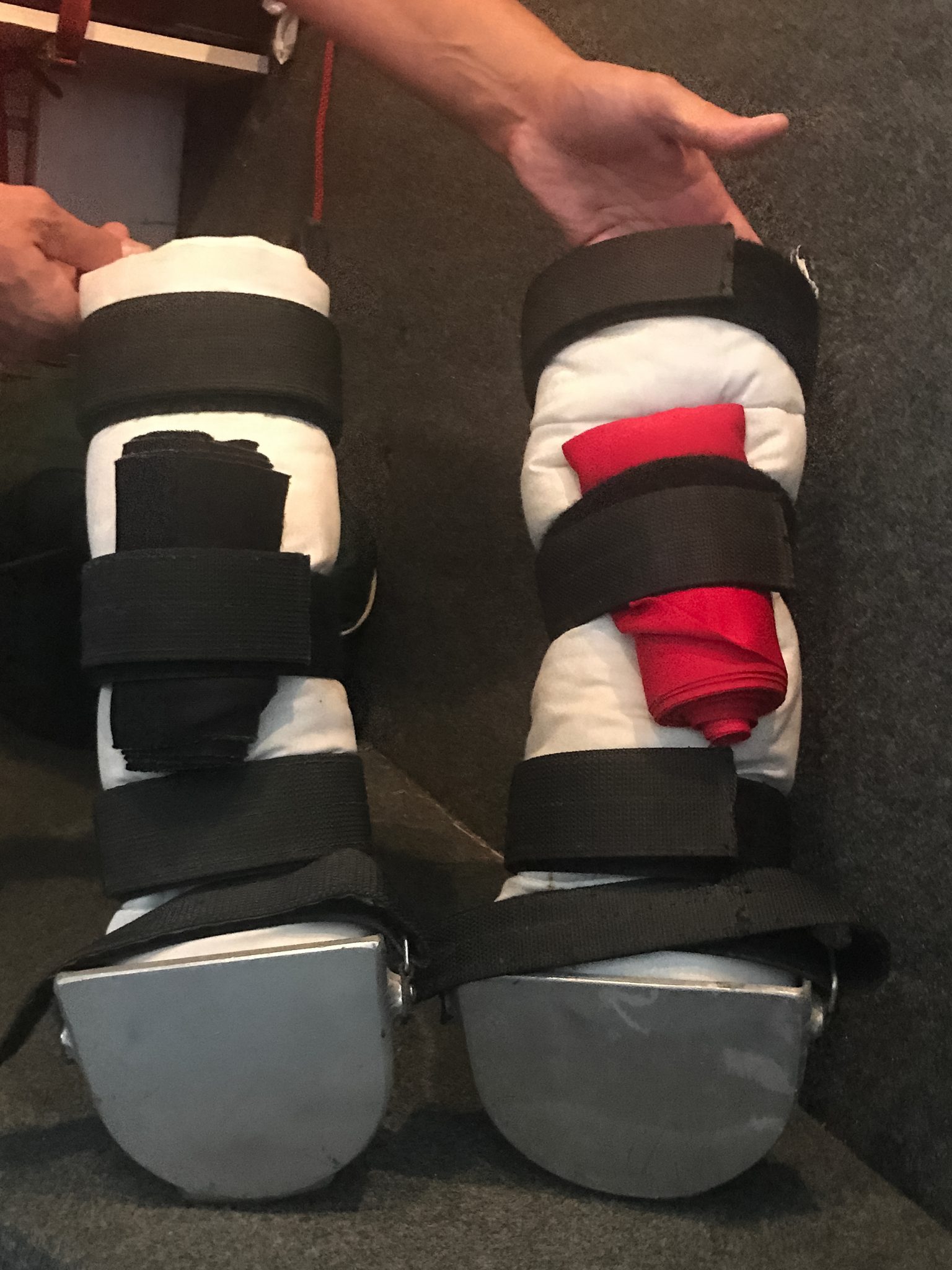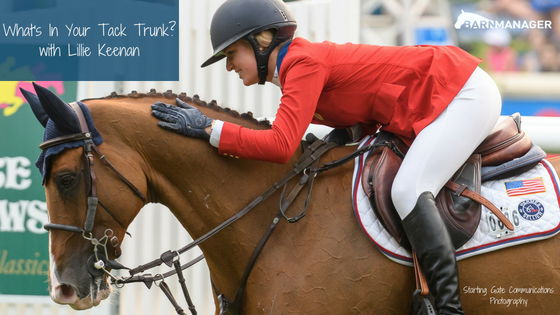What do ketchup, Crisco, popsicles, soap, and cornstarch have in common? They could save you time or money and solve problems in the barn!
We asked our followers and scoured the internet for the best kitchen horse care hacks, and both delivered! Here are eight kitchen items that were repeatedly recommended for use in the barn. (Note: many of these methods have not yet been BarnManager-tested and approved – but others swear by them!)
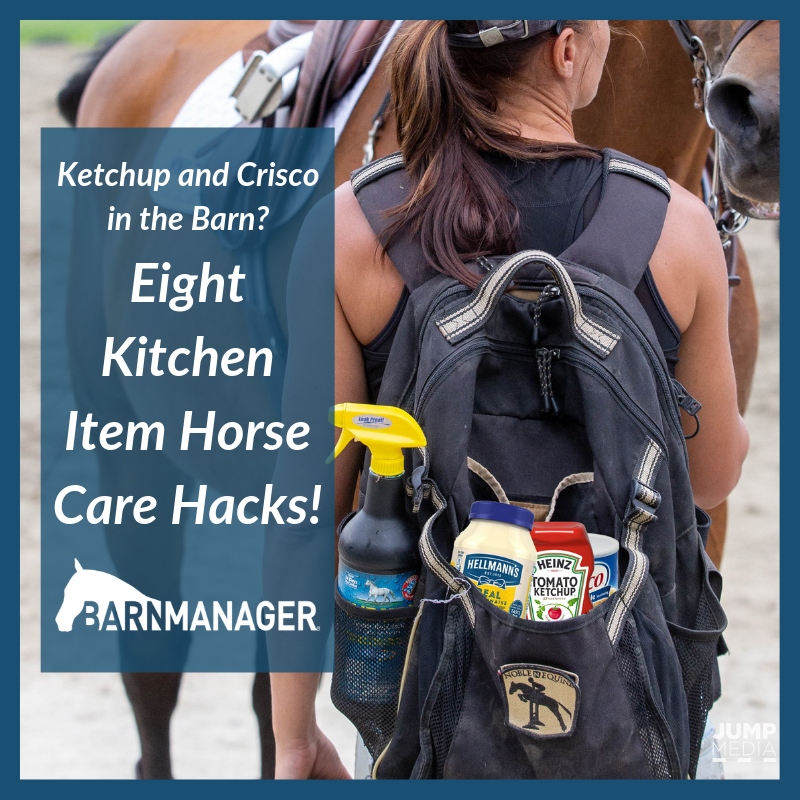
1) Cornstarch
We’re easing into this list with a more commonly known kitchen item horse care hack! For extra white legs in the show ring, dust cornstarch over your horse’s clean and dry white socks. Carefully brush off any excess with a soft brush, being sure to apply the cornstarch prior to any hoof dressing to avoid a potential mess.
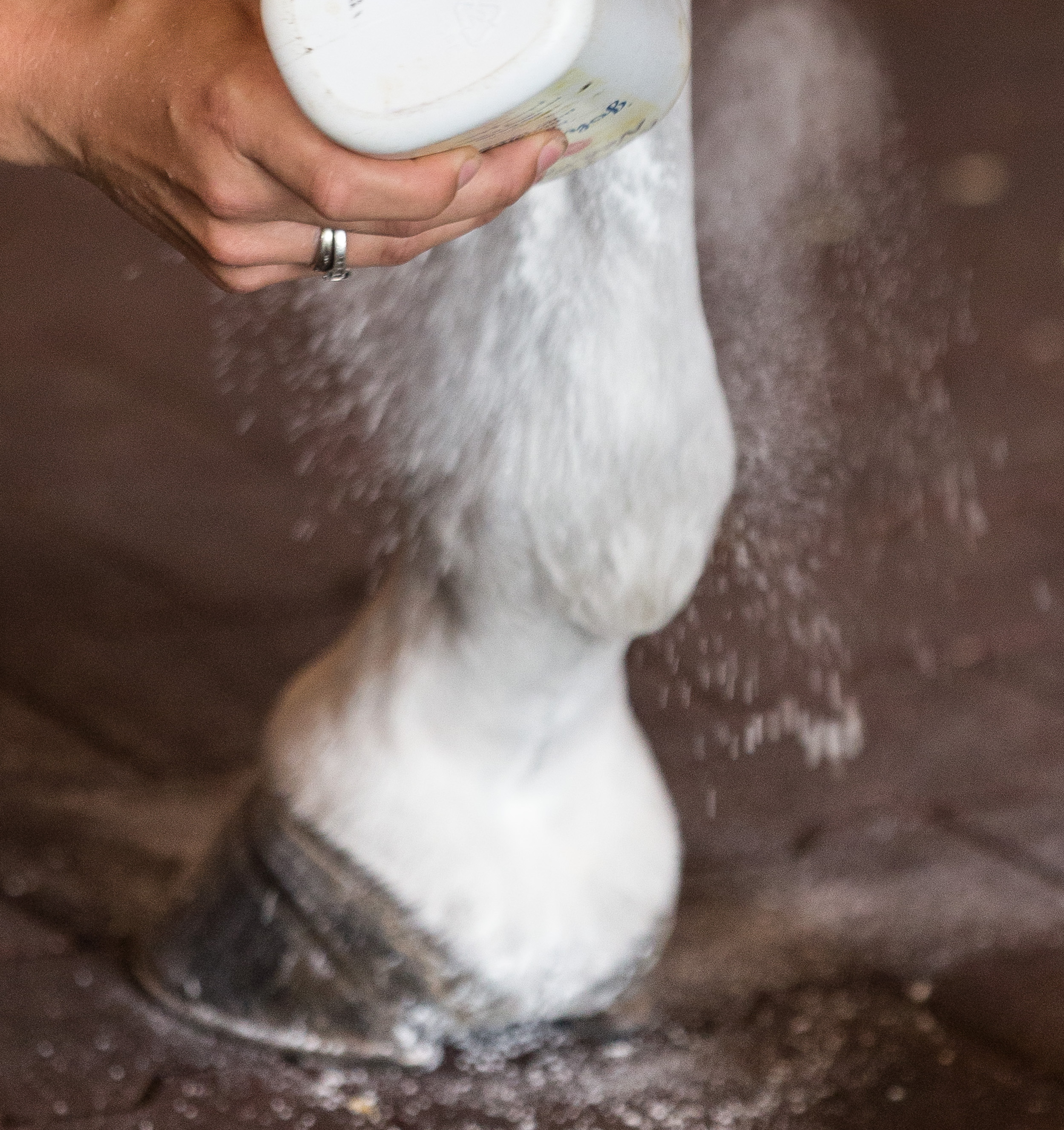
2) Crisco
Lisa Blythe from Atlanta, Georgia, shared on our BarnManager Facebook page: “Crisco for hooves. The store brand works great. You have a horse with bad hooves? Rub that in twice a day, and it is a miracle.”
3) Ketchup
@Hobbyhorseinc shared on Instagram: “Hate when your gray horse’s tail yellows? Give ketchup a try! Apply the ketchup liberally to the tail and leave for 10-20 mins to soak in. You might want to tie the saucy tail up or place it in a carrier bag whilst it soaks in to keep ketchup off the rest of the horse! Rinse and repeat as needed. The red lifts the yellow color out, getting your greys whiter than white!”
A few skeptics say that it’s really because of the vinegar within the ketchup, not the red of the ketchup as mentioned, but either way, we’d be curious to try this one for ourselves!
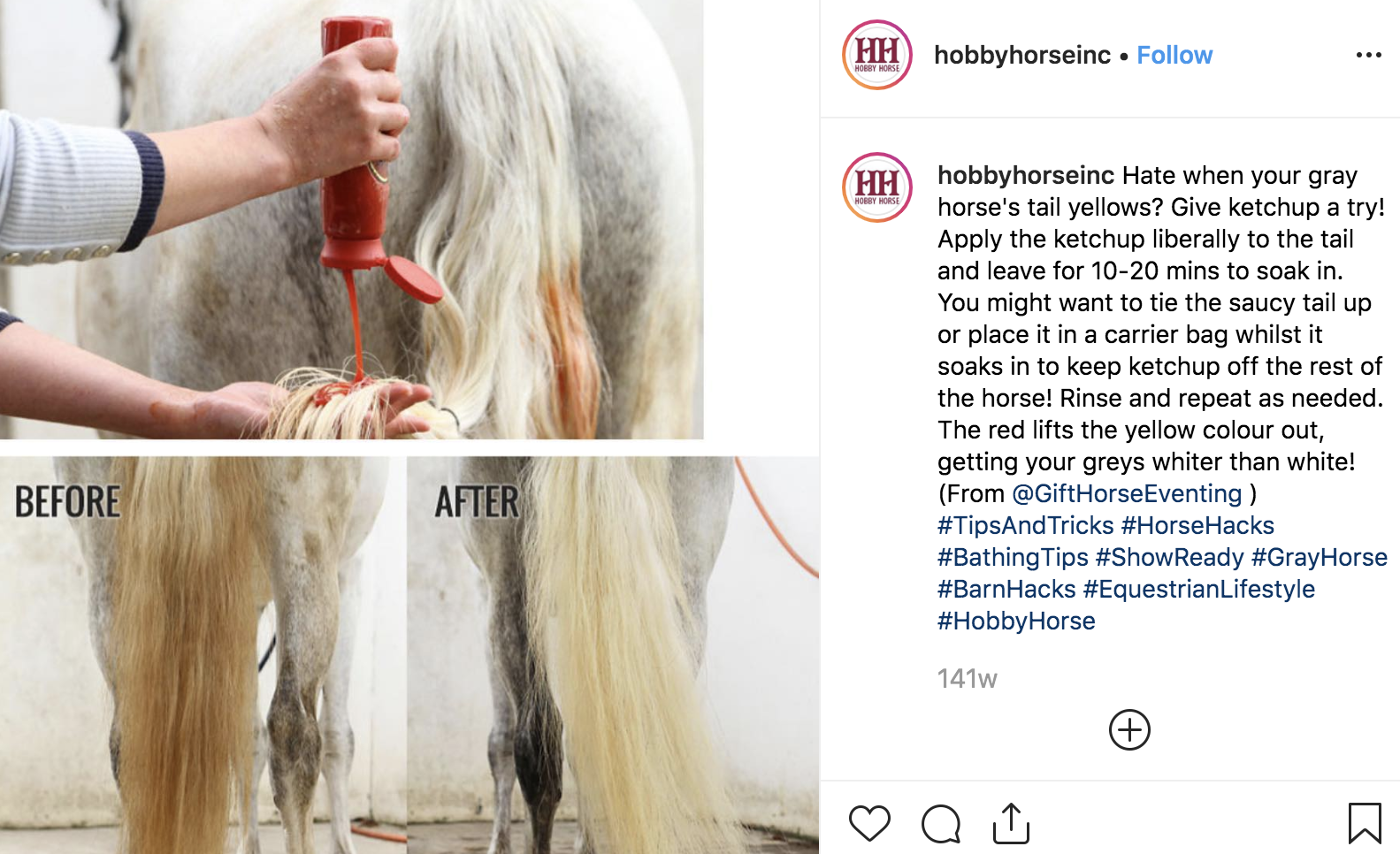
4) Mayonnaise
Karea Shaver from Grand Rapids, Michigan said (and many others agreed!), “Hellmans mayonnaise is an excellent final rinse for optimum coat conditioning. Amazing results. Use a ratio of 1/4 cup mayo to three gallons of water. Apply a well-mixed solution using tepid to warm water with a sponge, poll to croup. Let dry and use a cotton towel to wipe down horse. Do not use daily. It will add too much oil into the coat.”
5) Soap
If you have a horse that chews or cribs on wood surfaces, rub a bar of Ivory soap over those surfaces. The taste of the soap will strongly discourage the horse’s cribbing behavior.
6) Vinegar
Spraying vinegar on your manure pile may help it degrade faster while keeping flies away! Want more uses for vinegar at the barn? Check out this full blog post from ProEquineGrooms, dedicated to the topic!
7) Dish Scrubbers
For a simple way to scrub your horse’s legs and get white socks even whiter, try one of these soap-dispensing dish scrubbers! Simply pour your whitening shampoo in the top and scrub away!
8) Popsicles
Forget expensive ice boots when you have freezer pops! Just be sure to put something, such as a bandage wrap, between the icy popsicles and your horse’s legs.
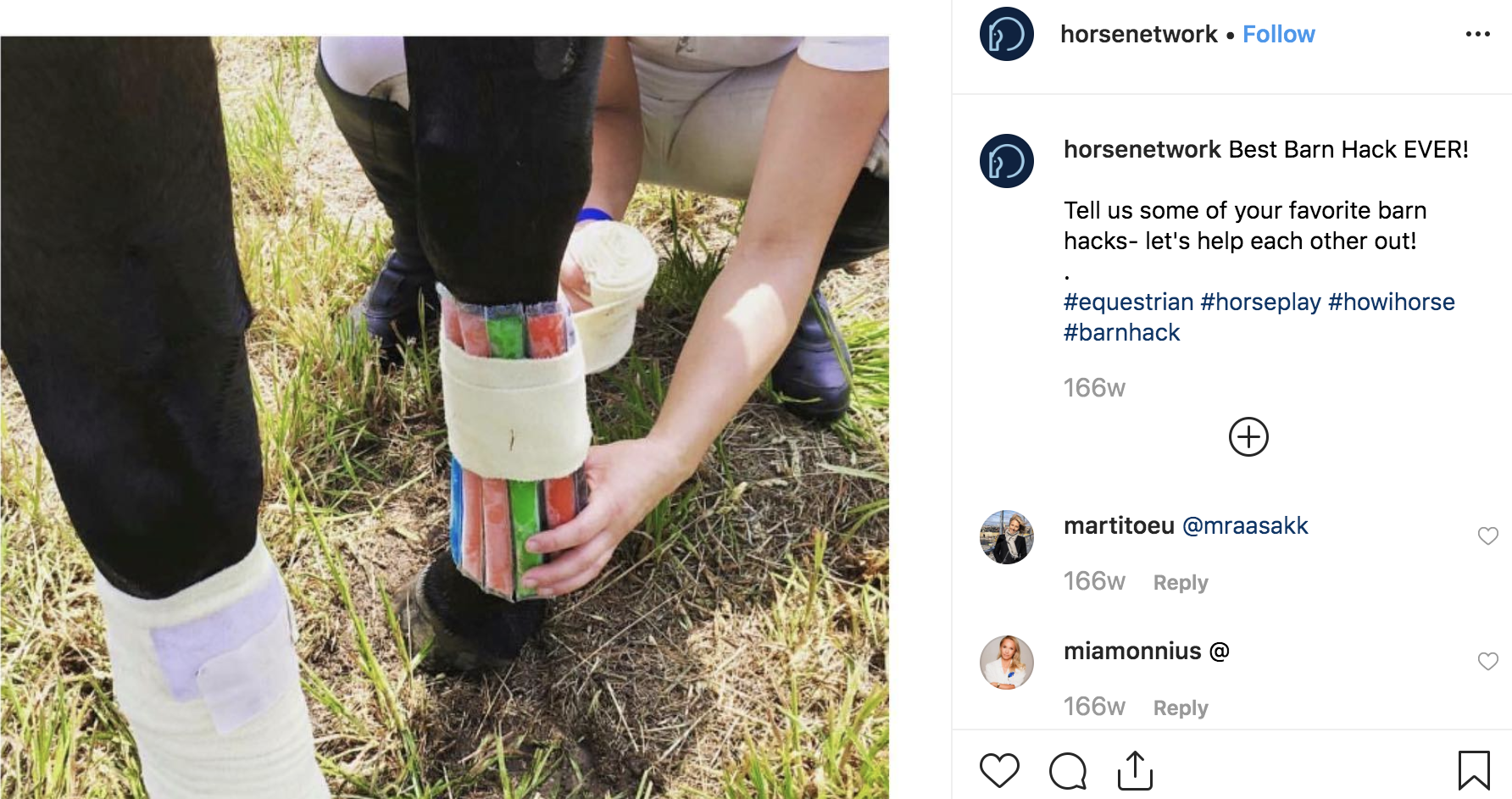
Have your own kitchen item barn hack? Leave it in the comments here!
